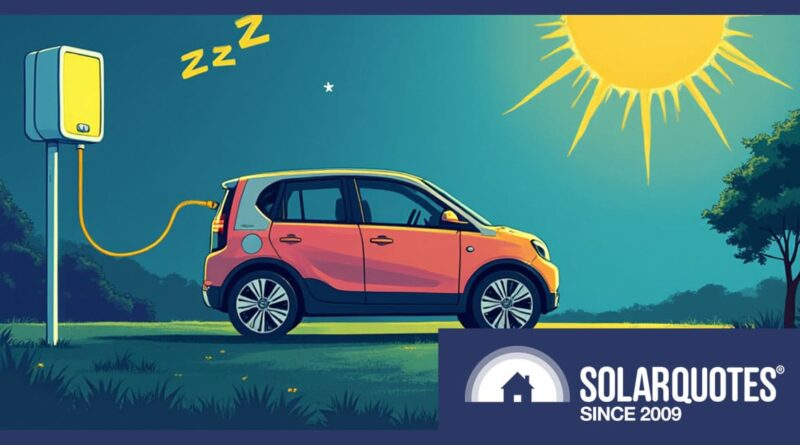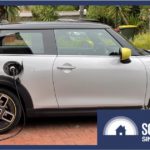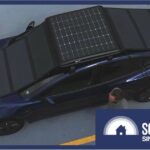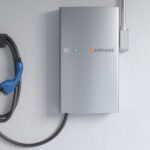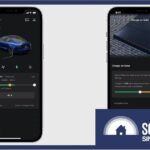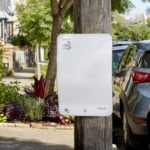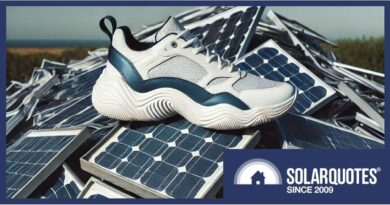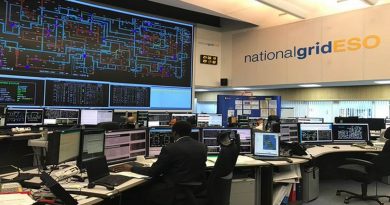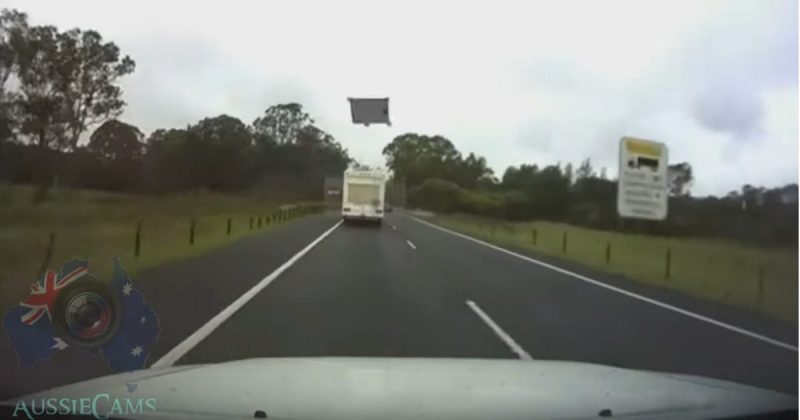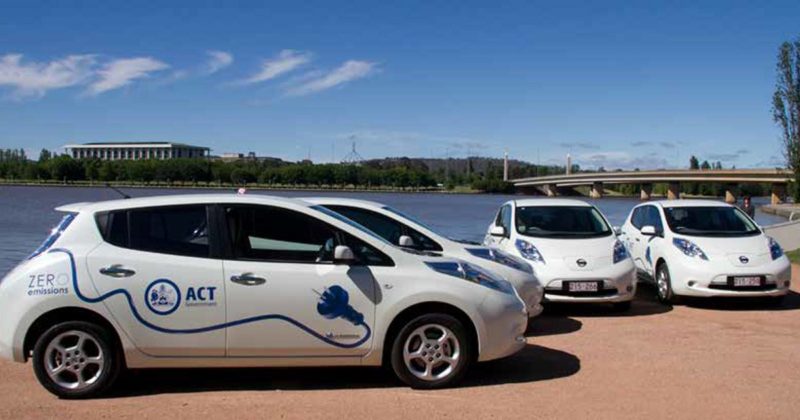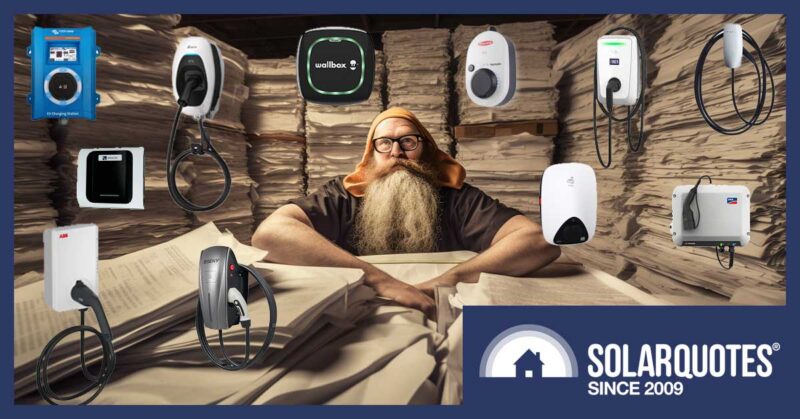How To Prevent Your EV From Falling Asleep When Solar Charging
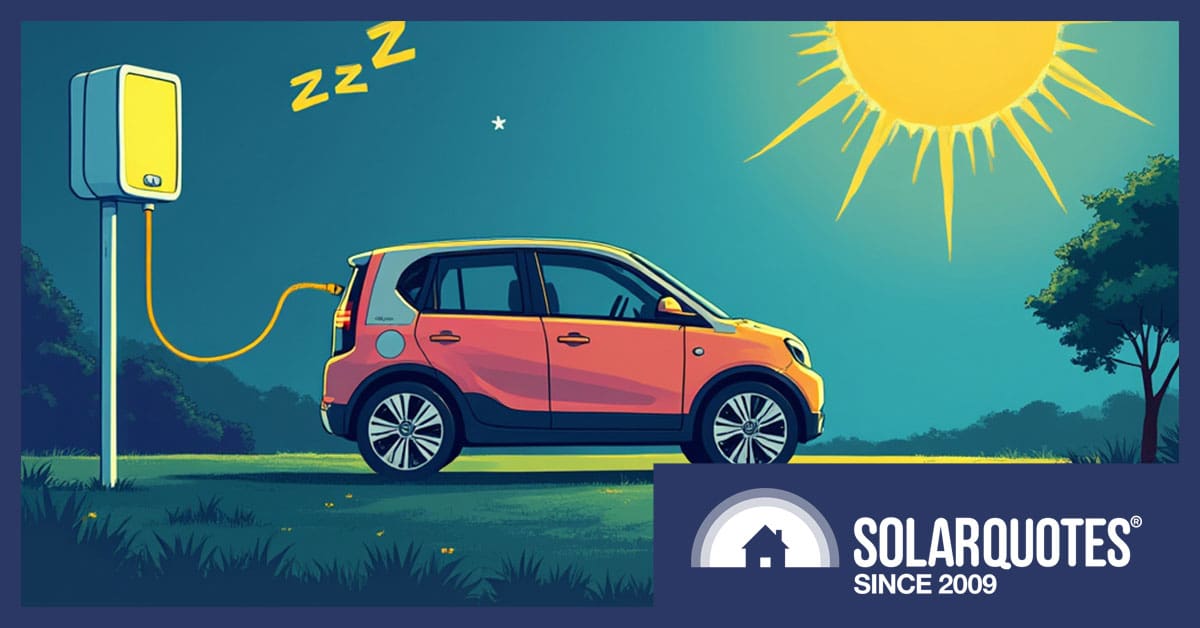
Have you ever tried charging your EV using only excess solar power, only to find it falls asleep while waiting for the sun to cooperate? For some electric vehicles, like the BYD Dolphin, it’s more than just a minor inconvenience—it’s a frustrating glitch that interrupts charging altogether. Imagine plugging in your car, expecting it to juice up from your solar setup, and instead, it shuts down after a few minutes of no power flow, forcing you to reset it manually.
That’s what happened to SolarQuotes reader Gregory. Gregory has a SolarEdge EV charger which he tried to set up to use excess solar power to charge his BYD Dolphin.
An issue emerged due to the Dolphin entering a dormant state after 15 minutes without excess solar for charging. As a consequence, the charger displayed “Waiting for Car” and failed to initiate the charging sequence until Greg either:
- unplugged and replugged the charger cable into the car,
- launched the BYD app,
- or opened a car door.
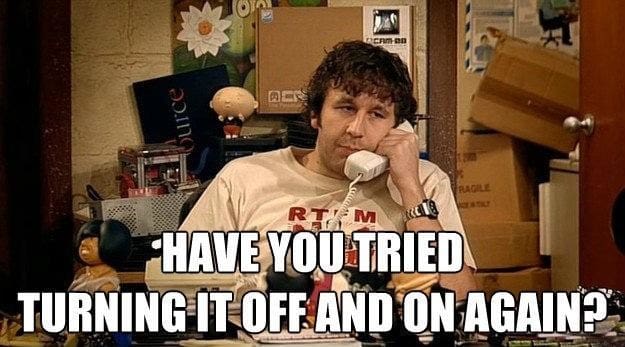
According to Kiwi EV charger manufacturer Evnex, the BYD Atto 3 has the same sleeping issue but Evnex figured out a clever workaround.
A spokesperson for BYD’s Australian distributor EV Direct told me:
“Our engineers have informed me that the sleep mode for the ATTO 3, SEAL and DOLPHIN models does not correlate to the minimum charging power. The vehicles check for a detected signal, and if no signal is detected, the vehicle will go to sleep.”
That wasn’t a very detailed answer but luckily BYD customer service explained the situation to Gregory much better:
“To ensure proper charging of the vehicle’s battery, it is important to maintain a consistent supply of energy. If the voltage drops below 1.5V, the vehicle will automatically enter ‘sleep’ mode. In this state, it cannot recognize energy levels below 1.5V and will not accept any charge until it is awakened again. To wake up the vehicle, simply lock and unlock the car”.
“For those using a solar charger with the ECO mode selected (which utilizes surplus solar energy to charge the car), please note that the vehicle will also enter sleep mode when there is no surplus energy available as the voltage will drop below 1.5V”.
“Ensuring a steady energy supply and keeping the vehicle properly charged will optimize its performance and avoid unnecessary interruptions”.
Good News: Zappis Keep Your Car Wide Awake
Readers shouldn’t worry that all EVs have problems falling asleep while waiting to charge from excess solar.
Dual EV household owners Evan (Volvo XC40 Recharge) and Beau (Polestar 2) told me that they keep their Zappi charger:
“In Eco+ mode which cuts it off completely if the solar drops away or the house load exceeds any excess. Doesn’t seem to be an issue it can sit idle for hours and then kick in once there’s solar“.
BYD Seal owner Campbell agreed, telling me that he also has a Zappi charger set to ECO+ Mode.
“So far I haven’t seen any issues on my Zappi with paused/stopped charging … Sometimes I also use ECO (Not ECO+) mode, which always provides 1.4kW of base load charging towards the vehicle, with it ramping up if excess solar is available”.
“This is useful on intermittent cloudy/sunny days as it prevents the EV Charger from pausing the charge frequently, and also it stops it from pausing when it is only a few hundred Watts short of a 1.4kW charge limit. (e.g. Exporting 1.2kW back to the grid, whereas I could just pay 5c an hour for that extra 0.2kWh of energy)”.
Teslas Stay Awake Too
Finn charges his Tesla from excess solar power and has had no issues with his EV falling asleep waiting for a charging session to start.
Why Do EV Chargers Need A Minimum Of 6 Amps Per Phase?
Campbell’s mention of the Zappi Eco Mode piqued my interest so I researched why it was set to 1.4kW. Turns out that 1.4 kW equals 5.83 amps (so roughly 6 amps) in a country like Australia that has a residential power supply of 230 volts.
6 A x 230 V = 1.38 kW
Germans are known for their precision and love of rules so I trust SMA when they say:
“The minimum charge current of the EV Charger is 6 A. According to the IEC 61851 standard, a lower value is not permitted”
Zappi concurs:
“According to the EV charging standard, the minimum charging current is 6A (which is ~1.4kW for a single phase EV charge) so if you have less than 1.4kW of surplus generation the extra power has to be taken from the mains”.
“In Eco mode, the EV should start charging as soon as it is plugged in and will continue charging at 1.4kW (or more if there is spare generation) until the EV is unplugged or the battery is full.”
What To Do If Your EV Sleeps While Waiting To Charge
So if you have an EV and solar charging doesn’t work because your car gets sleepy, there is a workaround: charge at a minimum 1.4kW.
That should keep your EV awake and charging up to your set limit without glitches.
Furthermore… advice from resident SolarQuotes sparky Anthony is that:
“Cycling anything on and off too many times isn’t going to be good for it. Cars often have big contactors/relays that switch main pack voltage to different components, and they’ve got a certain cycle life. I would think that the BMS may struggle a little with estimating State Of Charge if it doesn’t get a good run at charging”.
I’m not a sparky, but it seems sensible to avoid unnecessary wear and tear on car and home charger electronics by supplying a minimum of 6 amps (as per IEC 61851 standard) from a home EV charger during your scheduled home charging period.
That way, both the EV and the home charger aren’t sent start/stop charging signals every time clouds lower solar generation or someone turns on the kettle. And if you are charging during the day, any electricity taken from the grid is likely to be mostly solar anyway.
Original Source: https://www.solarquotes.com.au/blog/ev-not-charging-from-excess-solar/

